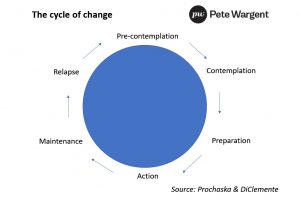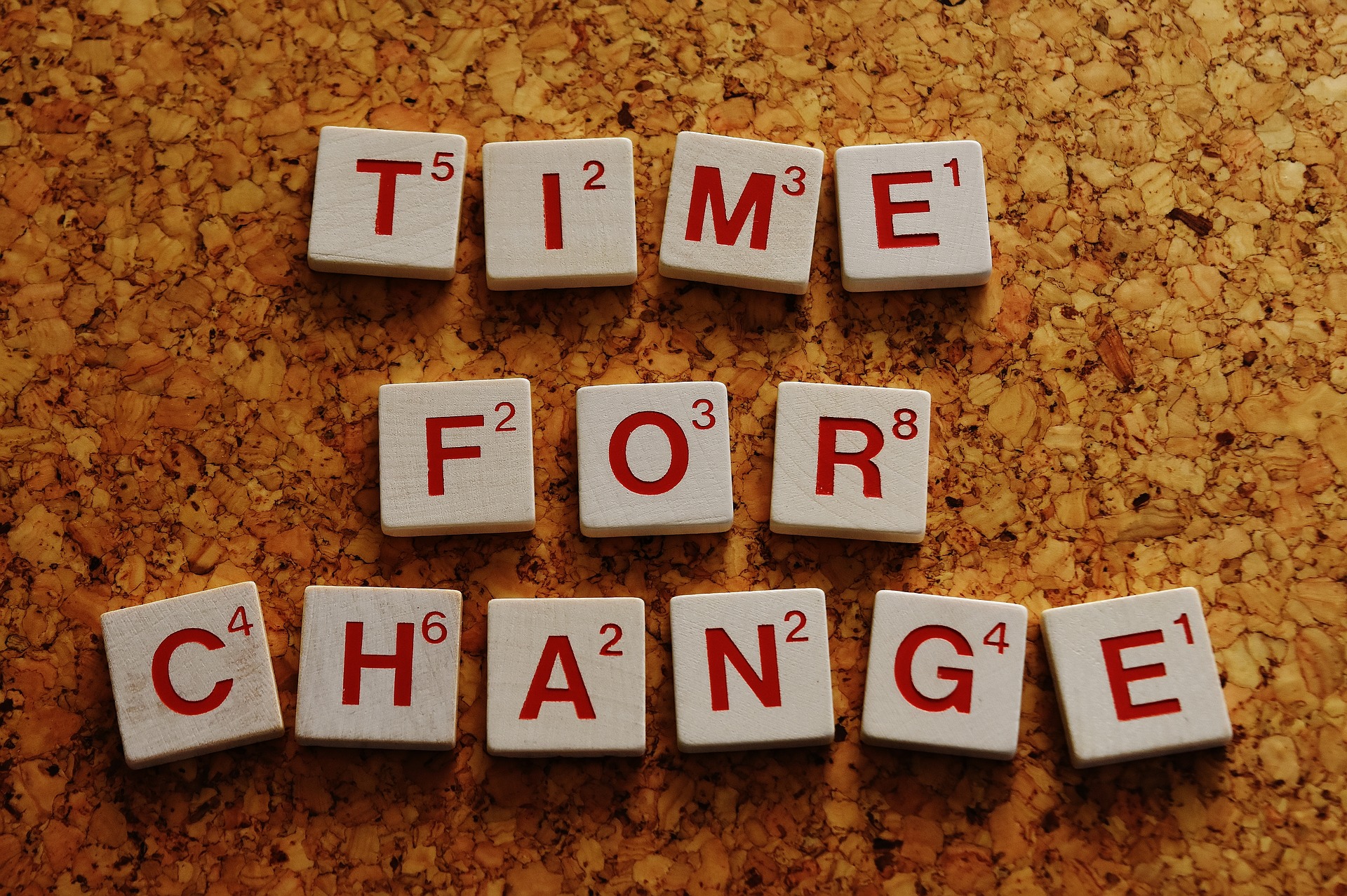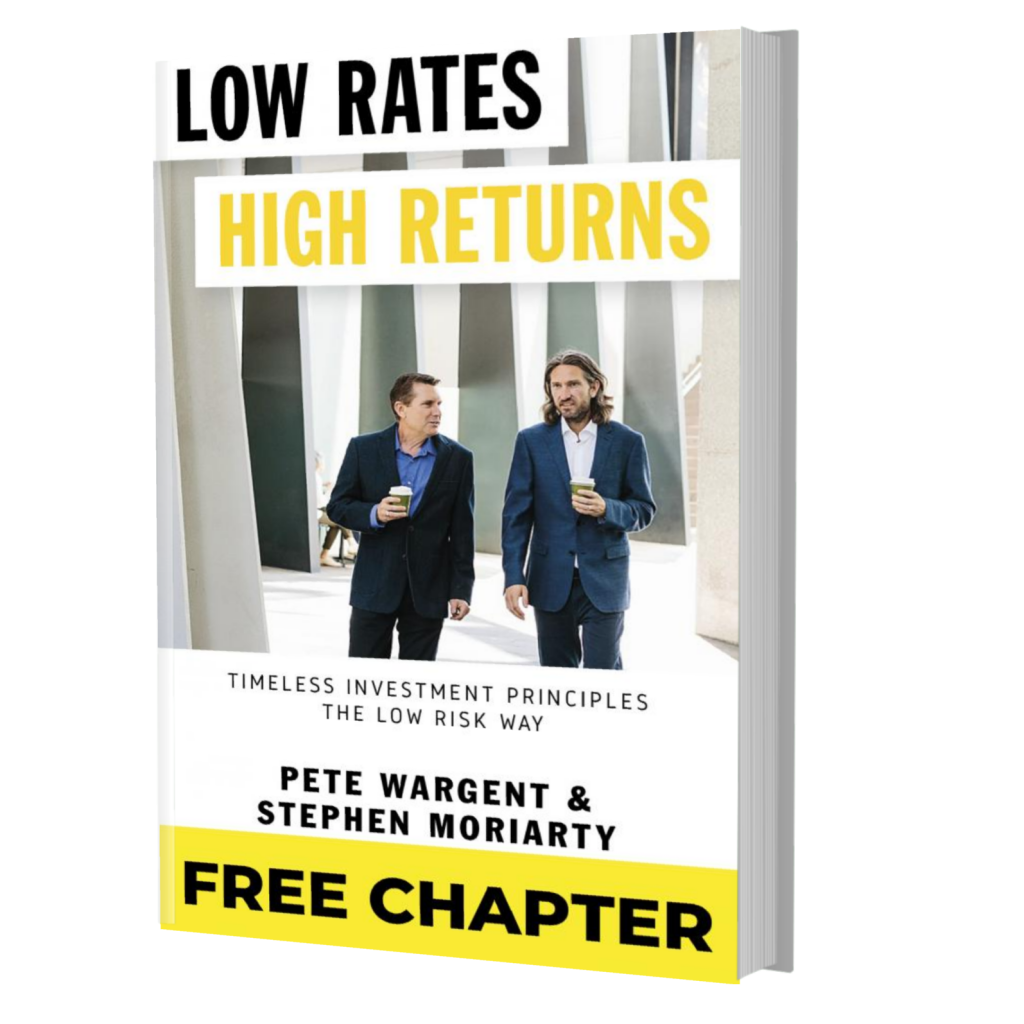Old habits
Upon catching up with someone you haven’t met for a long time they often observe that ‘you haven’t changed a bit!’, and it’s usually meant affectionately.
On the other hand, an old associate noting that ‘you’ve changed…‘ can be taken as an insult (although this often says as much about the person making the snide remark as it does the recipient – perhaps it even explains why you lost touch!).
It can be both reassuring and complimentary to be seen as fundamentally the same person; but ideally buddies from yesteryear would observe that you’ve made tremendous leaps & bounds of progress in terms of your life, demeanour, and character.
When you think about it ‘you haven’t changed a bit…‘ should really be an underwhelming outcome!
Cycles of change
Before any lasting positive changes can be made they must first be contemplated, a commitment made to them, and then action taken.
Sustained change happens when a consistent new pattern replaces an old routine; the challenge is then to maintain the new behaviour instead of slipping back into old routines.

You’ll note that the cycle of change model does not show an end to the process of change: it’s a constant evolution, which is why I believe it’s so important to keep stretching yourself & moving forward.
5 steps to lasting change
Legendary life coach Tony Robbins recommends a series of steps for creating lasting change, including:
(i) Change your state – get moving to alter your physiology & change your emotional state;
(ii) Get leverage – consider & write down what change might do for you, and what not changing might cost you;
(iii) Pattern interrupt – do something radically different to disrupt the previously limiting behaviour patterns;
(iv) Create empowering new alternatives – it’s hard to just stop old habits…they need to be replaced with superior alternatives!; and
(v) Condition the new behaviour – once you’ve made a positive change you need to repeat & condition it to make it your new normal, and to stop you relapsing into the old ways.
To conclude with a personal observation, the clients I work with are already highly motivated people, and successful at what they do.
What they most often need are the right tools & strategies to break through to the next level, for the roadblocks to success to be identified and then systematically removed.
Go through this process and then the next time someone says to you ‘Wow, you’ve changed!‘ they will mean it in the very best way!






